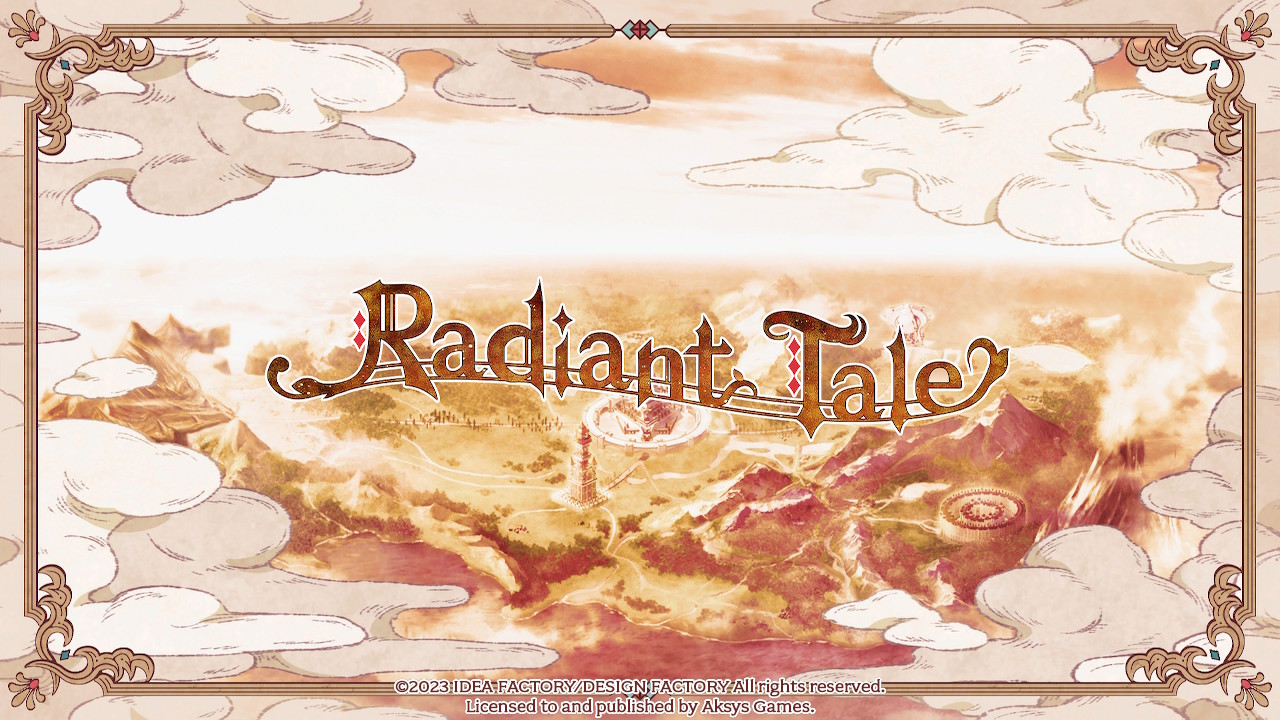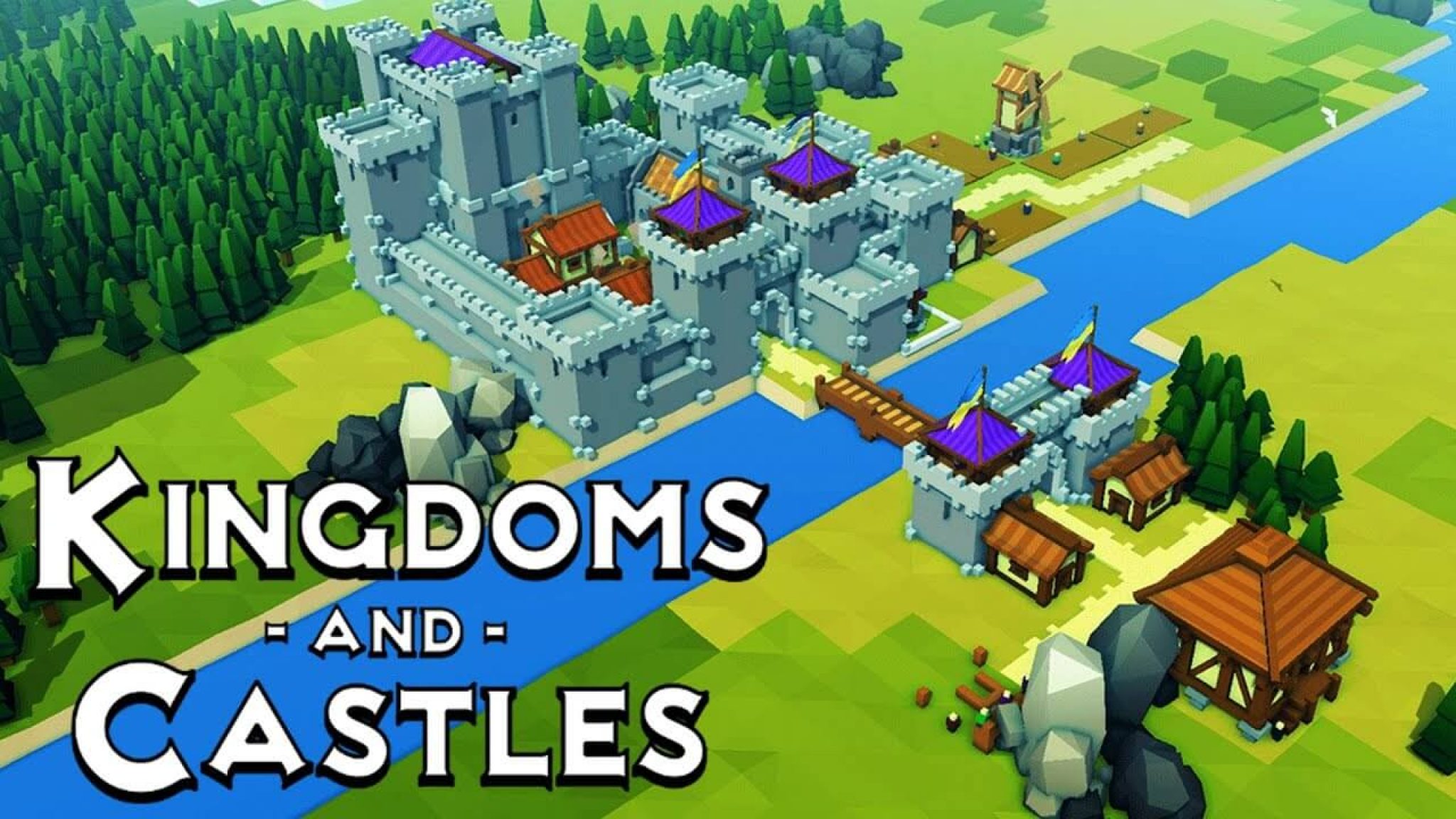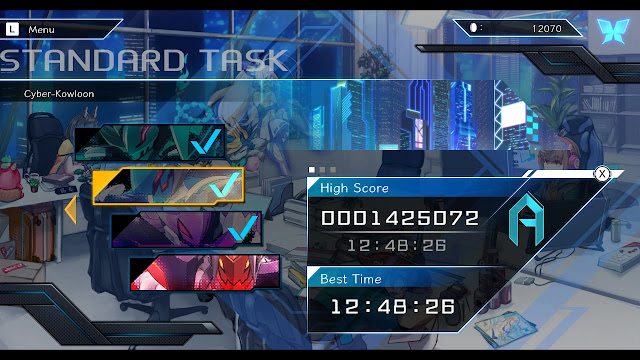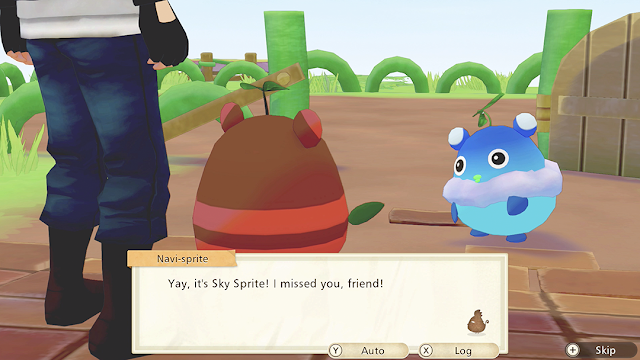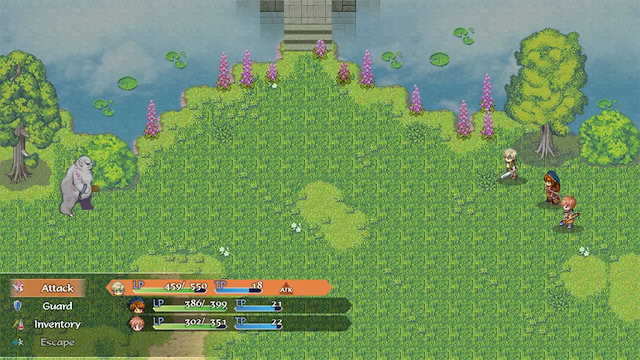Estimated reading time: 7 minutes.
Having followed in the same footsteps as their previous projects of Nioh and Nioh 2, Team Ninja this time through Square Enix had released several trial versions of Stranger of Paradise: Final Fantasy Origin for players to test their mettle. Having released a few months ago now, and with the first DLC of Trials of the Dragon King having recently been released, I figured now would be a good time to write a review as I've had time to really think about how I felt about the adventure.
Having streamed the first two thirds of Stranger of Paradise in co-op with Louis, I ended up both finishing the adventure and getting the Platinum post stream. Having fought side by side with a real person, and then side by side with nothing more than an AI waiting for me to tell them when was a good time to act, Strangers of Paradise felt like two separate titles. This is partly why I needed some time to think about it as while on one-hand I really enjoyed it, did I enjoy it because I was playing with a friend? Or did I enjoy it for what was being presented?
So attempting to avoid spoilers, and I'll probably fail at some point, Stranger of Paradise: Final Fantasy Origin is the prequel to the title that started it all those years ago on the original NES. With darkness brewing in the lands it's up to The Heroes of Light to restore the balance and save the people from calamity. Though while the prophecy states four heroes, our journey starts off with only three...
Yup, you called it, foreshadowing!
Getting into the adventure itself, you'll be starting off with our protagonist Jack "Garland", Jet and Ash as they walk into the Shrine of Chaos to prove themselves as the Warriors of light. Filled with monsters, traps and ambushes, it doesn't take long for the Soulslike fangs to come out. That said, I'm almost hard pressed to even call this a Soulslite as while the difficulty is there, the rest of the elements are more of an action based RPG.
Other than the difficulty and interwoven stage designs, the reason that Stranger of Paradise maybe isn't even Souls-lite is that there are no real penalties for dying. The penalty is just having to walk back into the boss room, in shame of course, but other than that? You don't lose accumulated or unspent experience. Instead, you lose max MP bars and potions above the basic threshold which can easily be gained back by performing a few good counters for one, and slaying a few roaming monsters for the other.
Always in control of Jack, you can have up to two partners in the form of NPCs known as Jed, Ash, and later on Neon and Sophia. These partners will move around and fight autonomously unless you need them to pull out the big moves which can be done through the D-Pad. These abilities are only mentioned in a brief introduction but can be costly if you've missed it. Hours down the line and you're wondering just what is the point in leveling up an NPC's class if you're not going to sling spells!? Oops... Missed that part and while negligible in co-op it's damned near killer in single player.
That slight mishap on my part aside, you can replace these NPCs with a real player who will get to take full control of the character all while using their own Jack’s unlocked classes, skills and equipment. Now there are a few differences here. The first is purely cosmetic but kind of sucks for the person tagging along the adventure. Once in control of a chosen NPC, the other player cannot change their appearance as the appearance is set to the gear loadout you last selected for that NPC. This isn’t a game breaker, but for someone who’s going to be tagging along for the long haul? It’s a small thing that should have been thought of. Either that or replace the model with the other player’s Jack.
The second difference is the game changer. In solo play, if Jack falls, that’s that. One wrong decision, one bad dodge, one unlucky hit, that’s it, game over. In co-op mode however the party has access to three Phoenix Downs in order to get the other player back up on their feet. It’s amazing and it honestly should have been something set into the core single player experience. You can get NPCs back up with potions, but they can’t do the same for you. This changes a lot especially for some of the crazy boss fights that are present down the line. Finally, the last difference is that the players are not tied to each other. If one wants to go explore a random area away from the first to cover more ground? They can. The only issue with this is that if you are only two, the NPC will follow the leader. If you’re three, then there’s no real issue as you are all toast if mistakes have been made!
*Slight spoilers*
For the areas themselves, Stranger of Paradise is a love letter to Final Fantasy and I’m almost ashamed that it took me so long to piece together the “Dimension” numbers that are mentioned in pieces of lore and the load screens. Each stage has been designed as an homage to one of the Final Fantasy titles over the years whether from back on the NES and SNES or the PS1-2-3-4. Until I finally clued in, there was a bit of gnawing in the back of my brain telling me that I was missing something, but I just couldn’t figure it out. It was only after seeing a particular homage later in the game combined with the music that I honestly facepalmed and then applauded the design direction for real.
*End of slight spoilers*
Otherwise, the stage design for gameplay is pretty on point. Channeling the Metroidvania aspects that the Soulslike tend to use, there are often a couple ways forward and several shortcuts to unlock and areas to explore. Within these areas there are a fair amount of enemies to fight off which is where the character class system also gets to shine. Always in possession of two classes, how you go about the adventure is entirely up to you. Double melee? Might and magic? Double magic? There’s no wrong decision especially as you obtain new gear for the ride that while stat wise can make you more powerful, the bonuses applied to the character classes can make you a monster.
But was it enough? That’s where I found myself after pouring 50 hours into the Platinum Trophy after what had just been a good 68 hours into Elden Ring’s own Platinum Trophy. Completely different styles to be sure, mission based structure versus a whole wide open world, but how did it compare to something like Nioh 2 that Team Ninja had designed before it? Honestly? I think it fell short but not completely because of the gameplay elements.
Do I think that there should have been more punishment for dying like in other Soulslikes? Yes, I do as that ups the need to really learn from your mistakes. That said, I was also happy to see lighter difficulty modes for those that would want to experience the story if they so chose to. The story though is where I probably had the biggest issues. This story could have shined as there was nothing done at this prior point to the original Final Fantasy. There were tons of nods forward, sure, but the characters, and Jack specifically? He was an ass and oftentimes all you wanted to do was yell at him to stop being such a complete asshat and that's generally what the cutscenes were. I would have loved for more anything as the character writing wasn’t enough to support the rest of the storytelling which was mostly being told through the adventure's gameplay.
Overall though, I think Stranger of Paradise: Final Fantasy Origin was a decent adventure. Did it live up to what I had hoped it would be? Not quite, but it was still fun to play alone and even better with a partner as some of the harder fight sequences are leveraged by being able to lend a hand instead of instantly being defeated. Would I look forward to another such adventure? Definitely. In the meantime though, this prequel chapter is closed.
Score: 7 / 10




